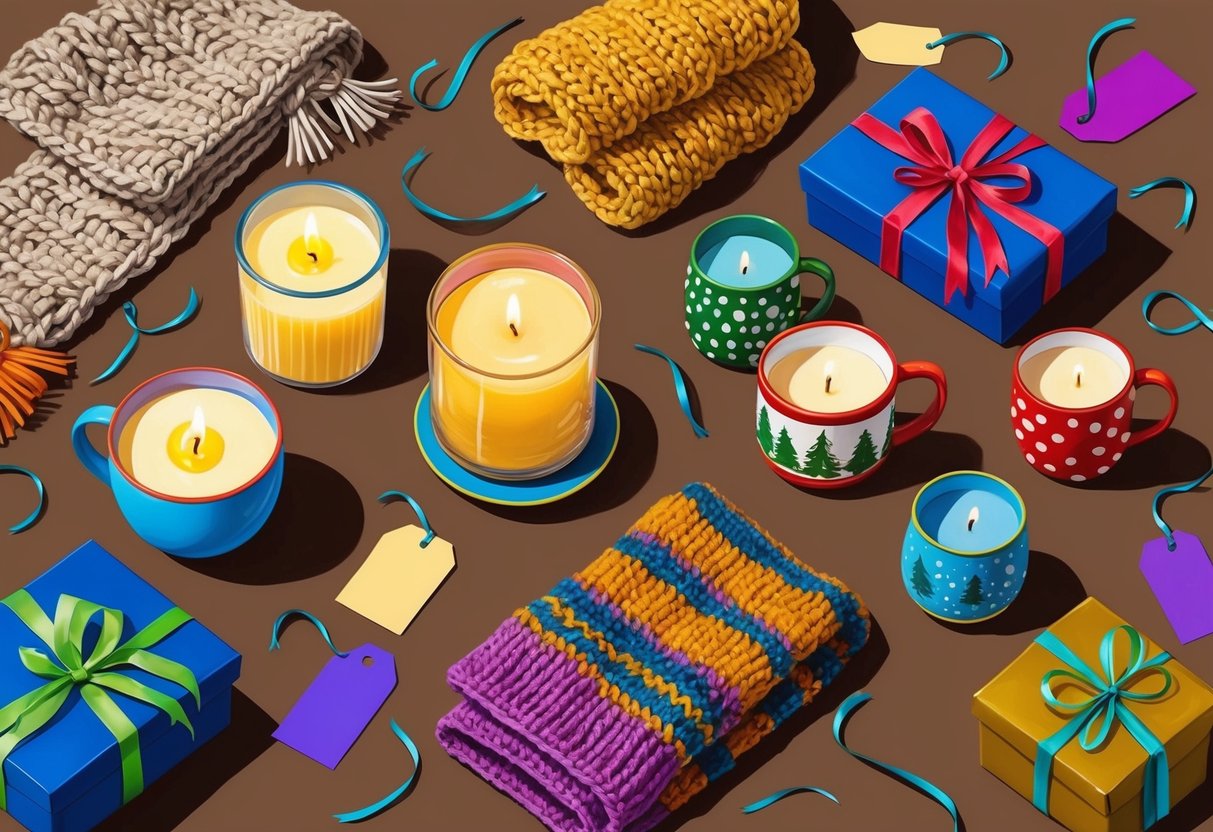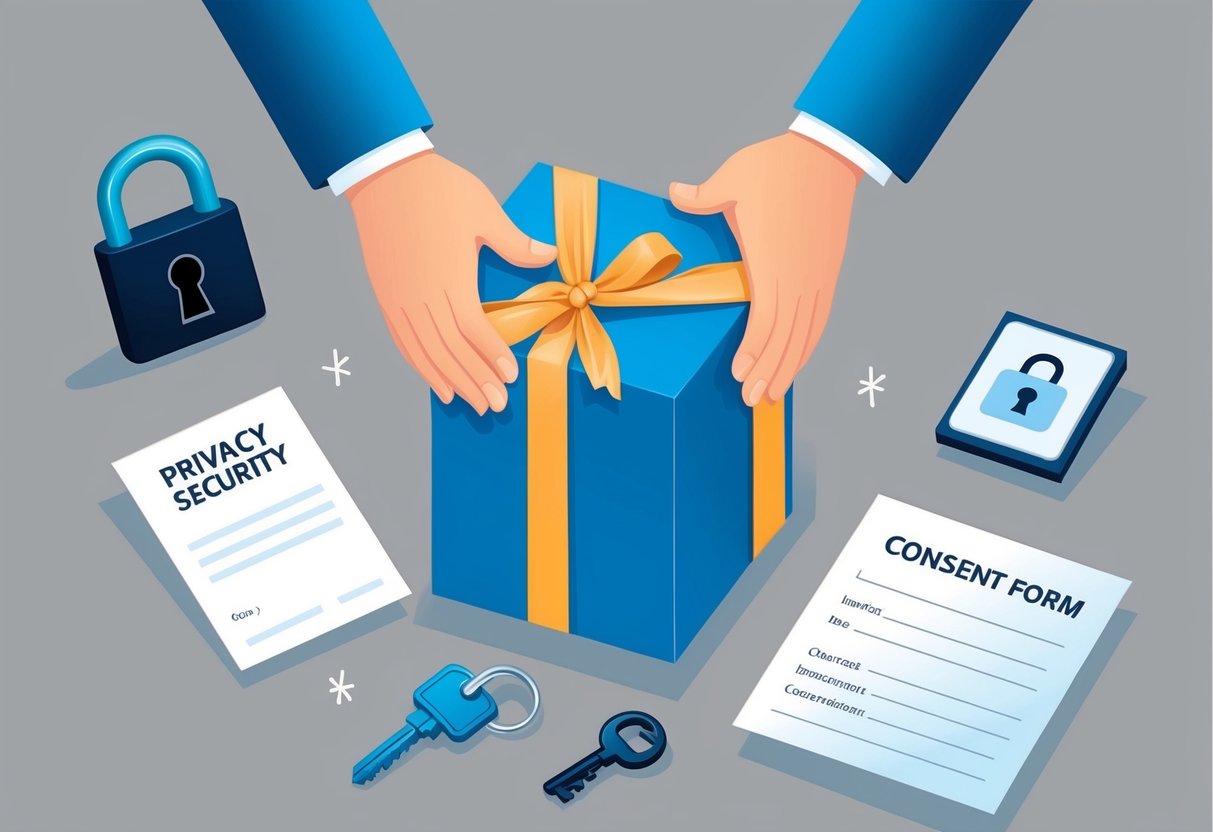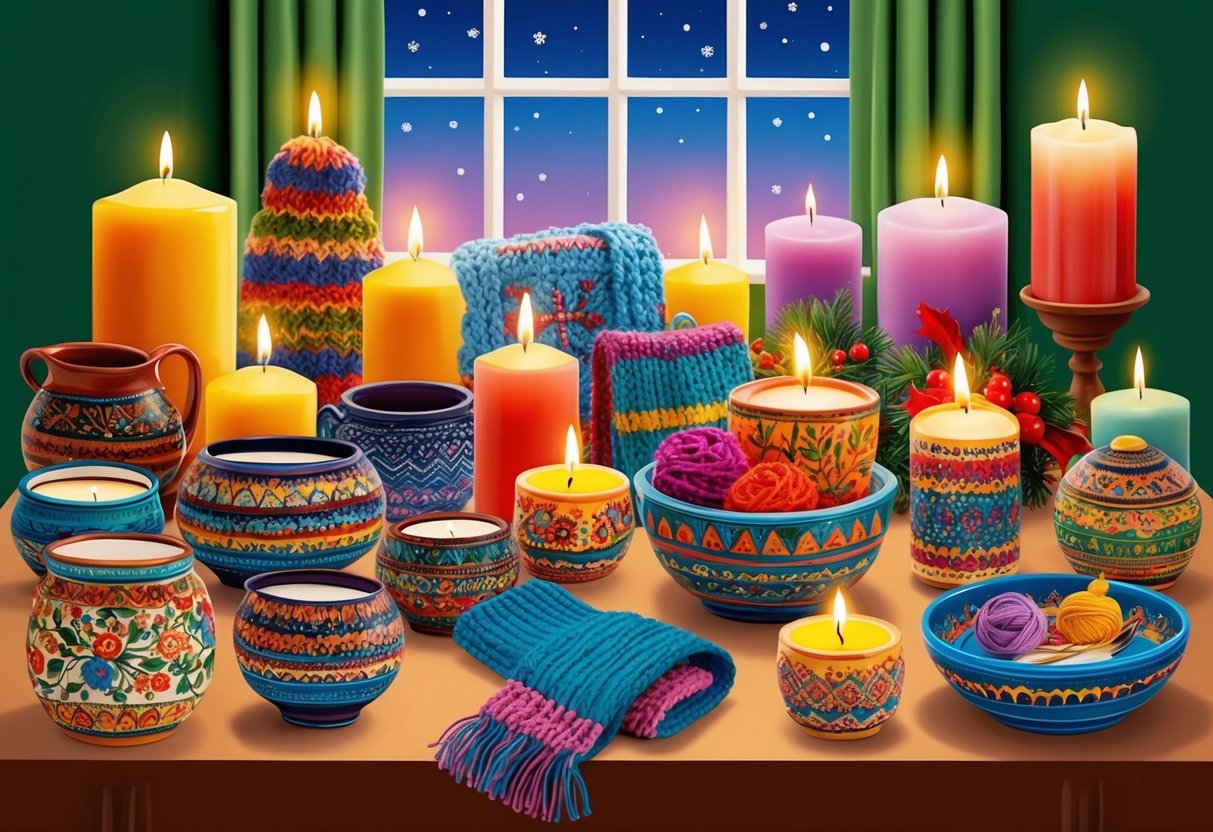
Incorporating Gift Cards and Online Experiences
Gift cards remain a flexible digital DIY option and are easy to personalize. Many retailers now let users upload custom images, type a note, or even send a video with their gift cards.
Recipients can quickly redeem these on platforms like Amazon, iTunes, or even dining and travel brands, offering maximum convenience. Online experiences are increasingly popular, ranging from virtual cooking classes to guided meditation sessions.
Providers often send a code or secure link after the purchaser authenticates their account. This ensures the recipient gets access securely and without hassle.
For a personal touch, combine a digital gift card with a recommendation list—such as a reading list, playlist, or favorite online course suggestions. To see more recommendations for digital and virtual gifts, refer to unique virtual gift ideas that can be sent for free.
Privacy, Security, and Consent in DIY Gifting

When creating and gifting DIY items, protecting recipients’ personal information is crucial. Security measures, privacy settings, and clear consent help build trust and safeguard against risks like spam or unwanted data sharing.
Protecting Personal Data When Gifting
DIY gifts often involve sharing personal touches, but digital or customized gifts can unintentionally reveal personal data. Examples include sharing an IP address when sending virtual cards or exposing precise geolocation data when sending digital gift certificates.
Implementing privacy-respecting practices starts with choosing platforms and methods that do not collect unnecessary data. For physical gifts, avoid sharing addresses beyond what is required for delivery.
Digital gifts should use secure services that have clear cookie policies and limit tracking. If digital tools are used, disable automatic data collection and tracking features whenever possible.
Use encrypted services for gift-related communications and ensure any shared files do not include hidden metadata containing private details.
Consent and Privacy Settings Explained
Consent is fundamental when sharing DIY gifts that use or contain personal information. Always ask before including sensitive details, like names, photos, or home addresses in any part of a gift.
Consent extends to respecting privacy settings on social platforms if showcasing the DIY creation online. Every recipient should have control over who can see or use content related to their gift.
This means understanding the privacy settings of delivery platforms or digital spaces used. For instance, avoid posting gift photos with geolocation data attached.
When digital gifting, choose services with robust privacy controls, allowing recipients to opt out of tracking or promotional messages to prevent spam. Being transparent about how personal data might be used or shared helps maintain trust and ensures compliance with privacy laws and recipient expectations.
For more information on privacy-conscious gift options, see these privacy-respecting gift ideas.
Measuring the Impact of Your DIY Gift

Success with DIY gifts depends on understanding the recipient’s preferences and learning from the feedback received. Considering real reactions and analyzing what truly resonates with different audiences will help refine future handmade projects.
Receiving Feedback and Enhancing Your Skills
Observing recipient reactions—both verbal and nonverbal—can give valuable insight into a DIY gift’s impact. Compliments, social media shares, or requests for similar items signal that the gift was appreciated.
Sometimes, even constructive criticism can highlight areas for improvement and spark new ideas. Requesting honest feedback helps creators identify strengths and weaknesses in their techniques or designs.
For those looking to advance their skills, maintaining a journal of receiver feedback or creating digital surveys can track trends in satisfaction and reveal popular features. This approach leads to skill development and more effective, personalized gifts.
Audience Research and Content Measurement
Audience research for DIY gifting involves identifying the recipient’s interests, needs, and preferences through conversations, social media activity, or even direct questions. Understanding these details ensures each gift has a personal touch and practical purpose.
Content measurement isn’t just for online businesses—DIY crafters can use search data to determine which styles or project types are trending. Services development benefits from monitoring interactions with past creations and tracking repeated requests from friends or family.
By matching projects to what’s popular within specific social groups, creators can boost their success and make each gift memorable. For more on personalizing presents, see this guide to handmade gifts.